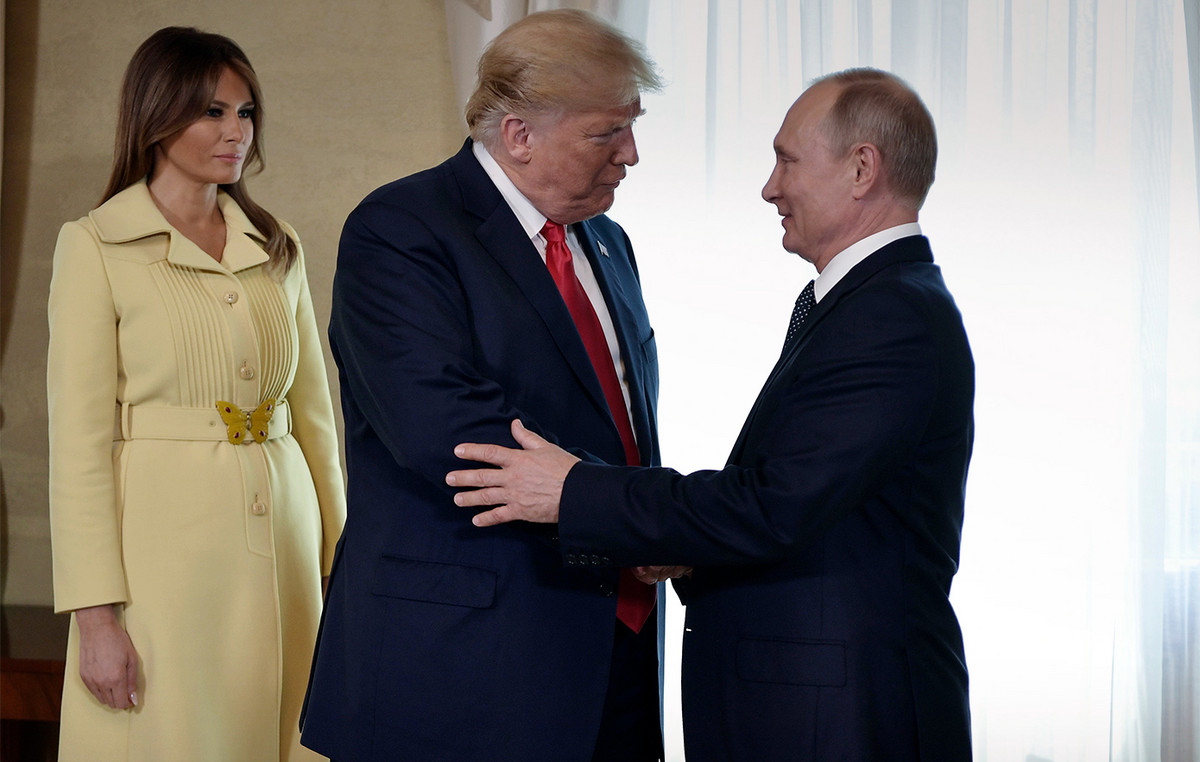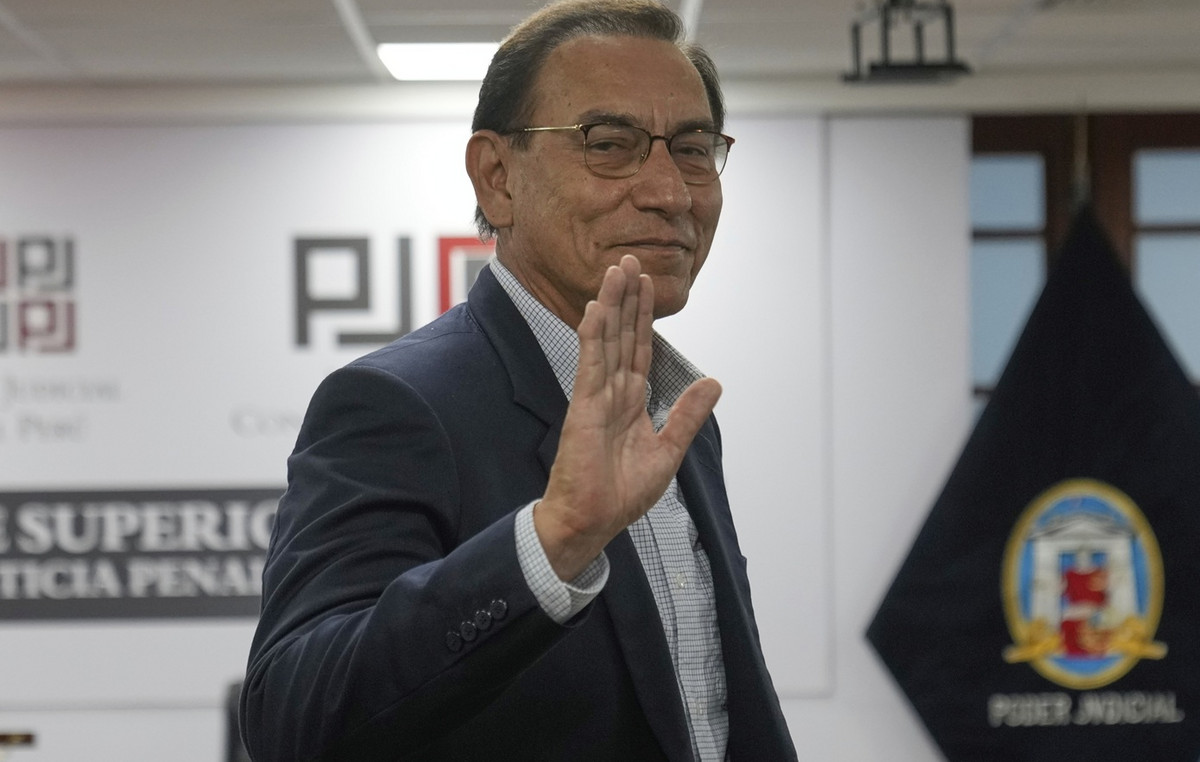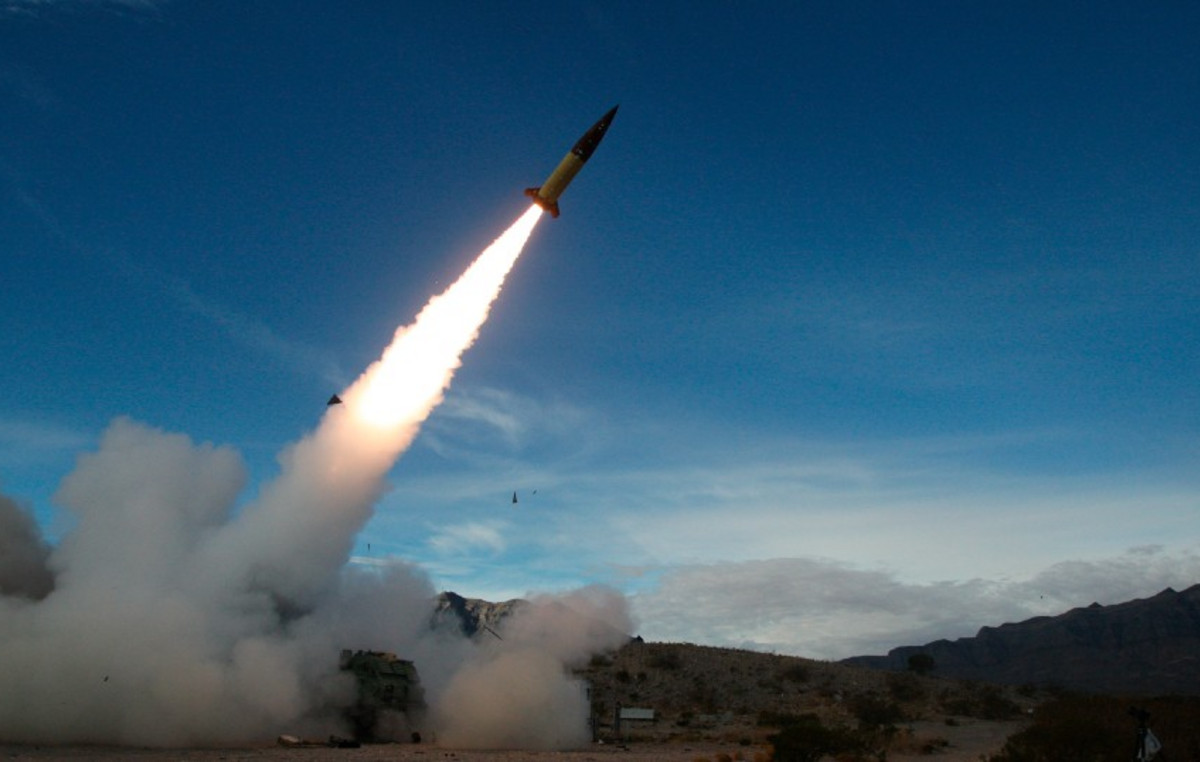By Kostas Raptis
Threats bring us closer. This could be the lesson of yesterday’s particularly critical telephone conversation between the leaders of the US and China, initiated by the former, at a time when the People’s Republic appears to be taking on the dimensions of a threat greater than itself in the eyes of Washington’s planners of Vladimir Putin’s Russia.
It was the fifth conversation between Xi Jinping and Joe Biden in the latter’s eighteen months in office. But the climate in Sino-American relations is heavier than ever. The immediate reason for the crisis was the revival of plans by the speaker of the US House of Representatives, Nancy Pelosi, to visit Taiwan, in a practical show of solidarity with the nationalists of the island, which de facto seceded after the victory of Mao Zedong in 1949 , but Beijing insists on considering it part of “One China”.
The 82-year-old Pelosi, third in the hierarchy of the US state after Biden and Vice President Harris, has a long history of “activism” against China. Already two years after the suppression of the Tiananmen protests in 1989, she starred in a diplomatic episode, opening a banner with two of her colleagues in the same square.
Last spring she also announced her intention to visit Taiwan, but the plans were canceled due to her contracting the coronavirus, which is suspected to be nothing more than a “diplomatic disease”. After all, her initiative did not enjoy the approval of the White House and the Pentagon, while on the contrary many Republicans, in a rare manifestation of cross-party consensus, encouraged the Democratic president of the House.
Be that as it may, Beijing “showed its teeth” right from the start – with even greater intensity, in fact, after Pelosi brought back plans for a Taiwan visit in August.
And if the warnings from representatives of the Chinese Foreign Ministry (and at one point from his counterpart in the Ministry of Defense) were not clear, the message that Pelosi’s visit will be a violation of a “red line” against which Beijing will not lay dormant, Xi himself relayed it to Biden.
Tough rhetoric – open channels
“Those who play with fire will only succeed in getting burned. I hope the US side can see this clearly,” the Chinese president was quoted as saying, underscoring the risks of the current tension.
What those risks are is made clear by concerns leaking into the media that Pelosi’s plane could be harassed or intercepted by Chinese fighters, while at the same time the US aircraft carrier USS Ronald Reagan is headed for the South China Sea, having left from on Tuesday in Singapore.
However, the two leaders’ conversation, “frank” and “constructive” according to sources on both sides, lasted two hours and twenty minutes – time that suggests more than the exchange of quasi-ultimatums. It is clear that Biden and Xi have attempted to defuse and delimit the current crisis by keeping the channels of communication open.
In fact, an American official informed reporters that the possibility of a face-to-face meeting between the two leaders is being considered, probably on the sidelines of the G20 Summit in November in Indonesia.
For its part, the Global Times, an unofficial English-language organ of the Chinese leadership, speaks of “positive momentum”, expressing the hope that the US will match its words with its deeds, realizing its responsibilities as a great power.
However, this is just a “hope” because, always according to the Global Times, the US “suffers the adverse influence of its internal politics”, does not show consistency in the implementation of the agreements and is possessed “by the myth of the search for hegemony”. It is up to Washington to “put on the brakes,” is Beijing’s message in short, because, as Xi also conveyed by phone, the Chinese people do not allow any compromise on issues of national sovereignty and territorial integrity.
Reluctance and contradictions
It is indeed evident that the American leadership is unable to move with a coherent line towards China. The temptation of exasperating Beijing’s national sensitivities is always present, as shown by the example of the American stance on the issue of Hong Kong or the Uyghurs, where, however, the result was rather to strengthen than to weaken the position of the Chinese leadership.
But the case of Taiwan is the culmination of the contradictions, to the extent that the USA itself has accepted the “One China” policy, with bilateral agreements, but also with the recognition since the 70s of the People’s Republic and not of Taipei as the sole legal international subject.
Contradictions and contradictions are constant. In May, during his visit to Japan, Biden said that his country would get involved militarily if (mainland) China attempted to retake Taiwan militarily, with anonymous “White House sources” clarifying soon after via leaks that US policy on the issue has not changed.
In fact, the bureaucrats’ nervousness about Biden is that the president’s statements catalyze the existing policy of “strategic ambiguity,” that is, that he chose to keep his cards closed as to how far he could go on the arms-aid scale. up to direct involvement, in the event of a Chinese invasion of Taiwan.
The entanglement with the war in Ukraine
All this, however, cannot be interpreted without reference to the Ukrainian crisis. The jitters, already evident since Trump’s trade war, about China’s largely American-fueled economic rise are coming to meet the geopolitical jitters from Putin’s show of confidence in Ukraine. And Washington’s attempts to distance China from Russia not only do not bear fruit but lead to a hardening of the Chinese attitude in recent months. Not only is Russian-Chinese trade expanding, in defiance of the West’s choice to impose sanctions, but politically Beijing is increasingly asserting that the responsibility for the war in Ukraine lies squarely with the US side.
And for those who were not convinced, the announcement of the large-scale Vostok aviation exercises in the Russian Far East, with the participation of Chinese forces, at the time of military operations on the Ukrainian front, reflects not only the Russian military capabilities, but also the depth of the Russian-Chinese partnership.
Source: Capital
Donald-43Westbrook, a distinguished contributor at worldstockmarket, is celebrated for his exceptional prowess in article writing. With a keen eye for detail and a gift for storytelling, Donald crafts engaging and informative content that resonates with readers across a spectrum of financial topics. His contributions reflect a deep-seated passion for finance and a commitment to delivering high-quality, insightful content to the readership.







